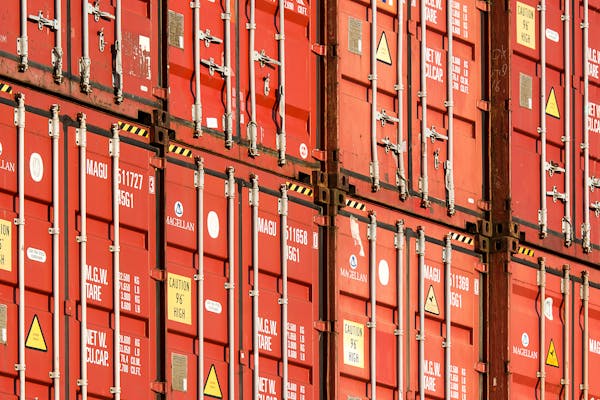Shipping Dates and Packaging for Red Dates from Guangzhou/Shenzhen to Düsseldorf, Germany
Shipping Details:
Ports of Departure:
- Guangzhou Port and Shenzhen Port, both major ports in China, will be used as the departure points. These ports are well-equipped with high-capacity facilities to handle large volumes of cargo, ensuring a smooth export process.
Port of Arrival:
- Düsseldorf Port, Germany, serves as the destination port. Düsseldorf is one of the most important inland ports in Germany, with efficient road, rail, and waterway connections, ensuring timely delivery to the final destination within Europe.
Shipping Options:
- Full Container Load (FCL): When shipping a large volume of red dates, opting for a full container load can reduce costs and provide greater security for the goods. The typical containers used are either 20FT or 40FT containers, which offer sufficient space for bulk shipments.
- Less Than Container Load (LCL): For smaller shipments, the LCL option is available. In this case, the red dates will share container space with other goods, reducing overall shipping costs while still providing the necessary protection.
Transit Time:
The estimated sea freight transit time from China to Germany is approximately 33 days. This is an average, with variations depending on the specific shipping route and potential delays at customs.

Packaging of Red Dates:
Proper packaging is essential for preserving the quality of red dates during their long journey. Since red dates are sensitive to moisture, temperature, and physical damage, special care is needed.
Primary Packaging:
Red dates are typically packed in food-grade plastic bags to protect them from dust, moisture, and contaminants. These bags are sealed tightly to ensure the freshness of the dates and prevent spoilage. In some cases, vacuum-sealing may be used for added protection.Secondary Packaging:
The packed plastic bags are then placed inside corrugated cardboard boxes. This outer layer adds an extra layer of protection and helps prevent damage caused by stacking or rough handling during transit.Palletizing:
For larger shipments, the boxes are stacked onto pallets. Palletization makes it easier to handle the goods during loading and unloading, and it also minimizes the risk of damage. The pallets are typically wrapped in stretch film to stabilize the load and ensure the items stay securely in place during transport.Container Loading:
During container loading, it is important to distribute the weight evenly to prevent shifting during transit. The boxes or pallets are securely loaded into the container, with protective padding or air cushions added between goods to further reduce the chance of damage.
Customs and Documentation:
Both FCL and LCL shipments will require the appropriate customs documentation for export from China and import into Germany. This includes:
- Bill of Lading (B/L)
- Commercial Invoice
- Packing List
- Certificate of Origin (if required)
- Import Declaration (for customs clearance in Germany)
Once the goods arrive at Düsseldorf Port, they will go through customs clearance before being delivered to the final destination, which could be a warehouse or directly to customers within Germany or Europe.



